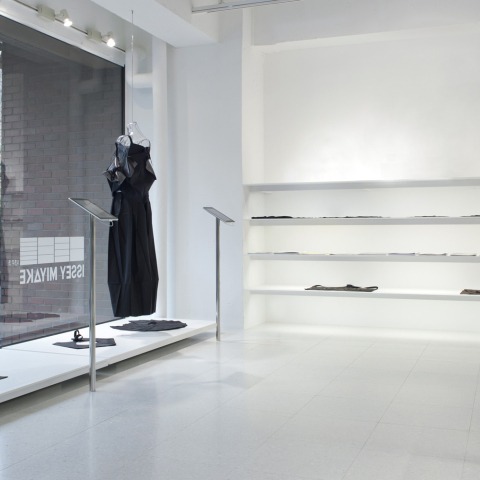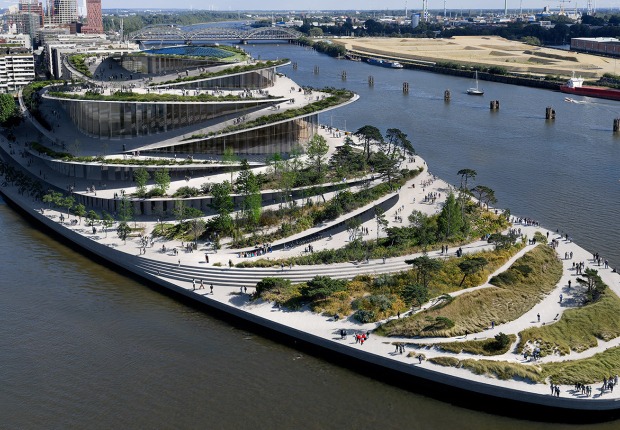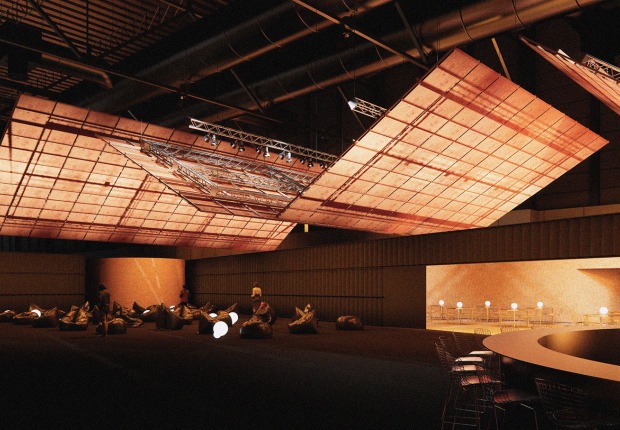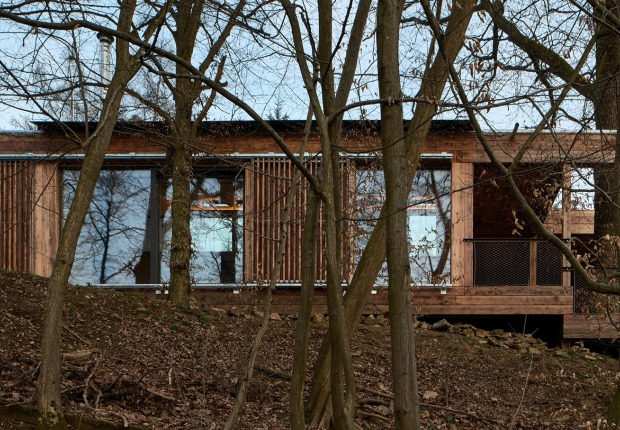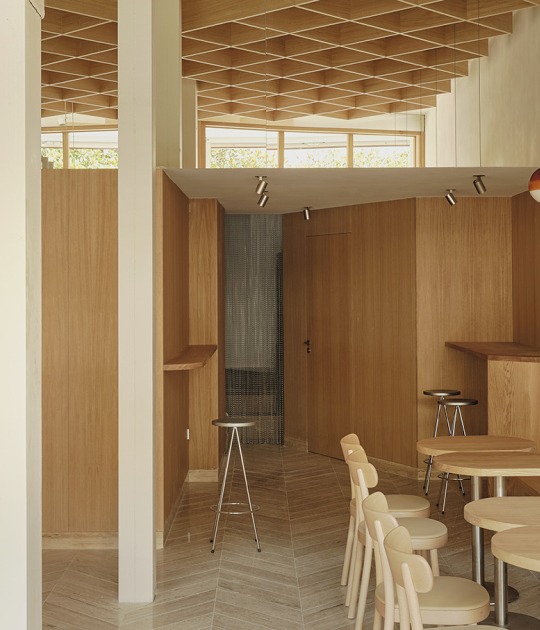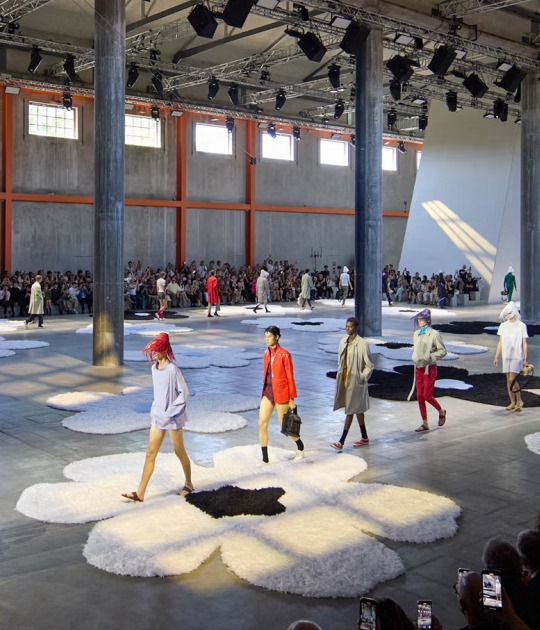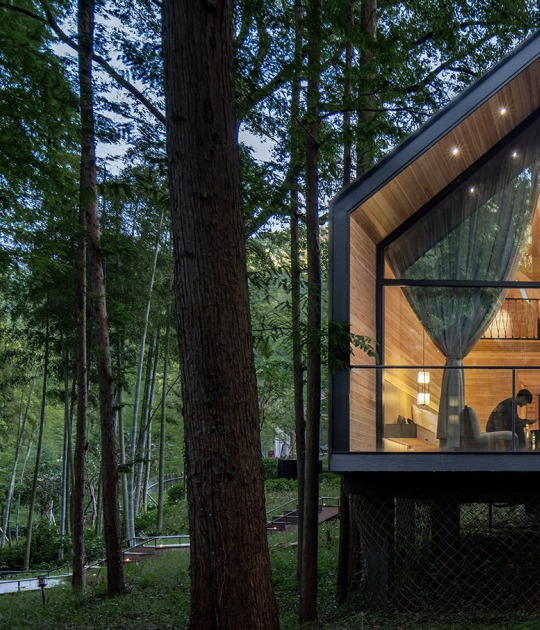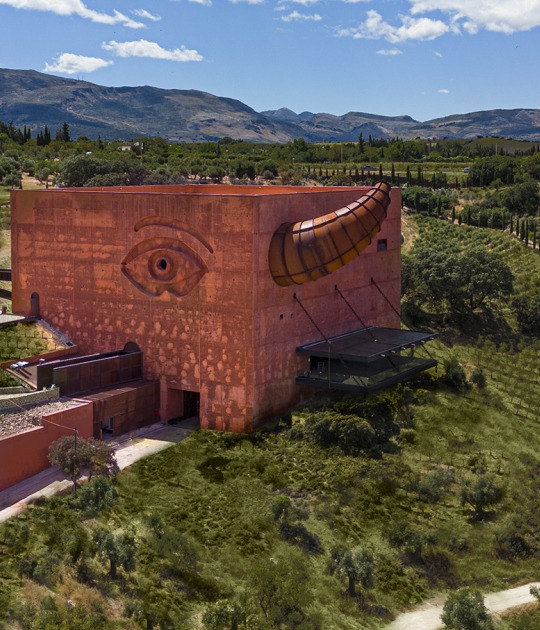“132 5. ISSEY MIYAKE” is a new label and a new evolution of “A piece of Cloth” by Issey Miyake, based on the ideas of “Regeneration and Re-creation” and a continuation of his perpetual search for new ways by which to make “clothes that bring joy and happiness to wearers”.
The process by which the clothing is made is groundbreaking, using a mathematical algorithm: first, a variety of three-dimensional shapes are conceived in collaboration with a computer scientist; then, these shapes are folded into two dimensional forms with pre-set cutting lines that determine their finished shape; and finally, they are heat-pressed, to yield folded shirts, skirts, dresses etc. These clothes are significant not only for the process by which they were made but because they are also made using recycled PET products, sometimes in combination with other recycled fibers.
“Way of selling” is the concept of this space rather than the superficial interior design.
The clothes are displayed on five transparent torsos, which are strung down from the ceiling. Customers can access freely to the computer graphic images of the complicated process on the iPad installed in the store.
Venue.-
132 5. ISSEY MIYAKE
5-3-10 MINAMI AOYAMA MINATO-KU TOKYO 107-0062
Tel. 81 (3) 3499 647
More information, published in METALOCUS magazine:
